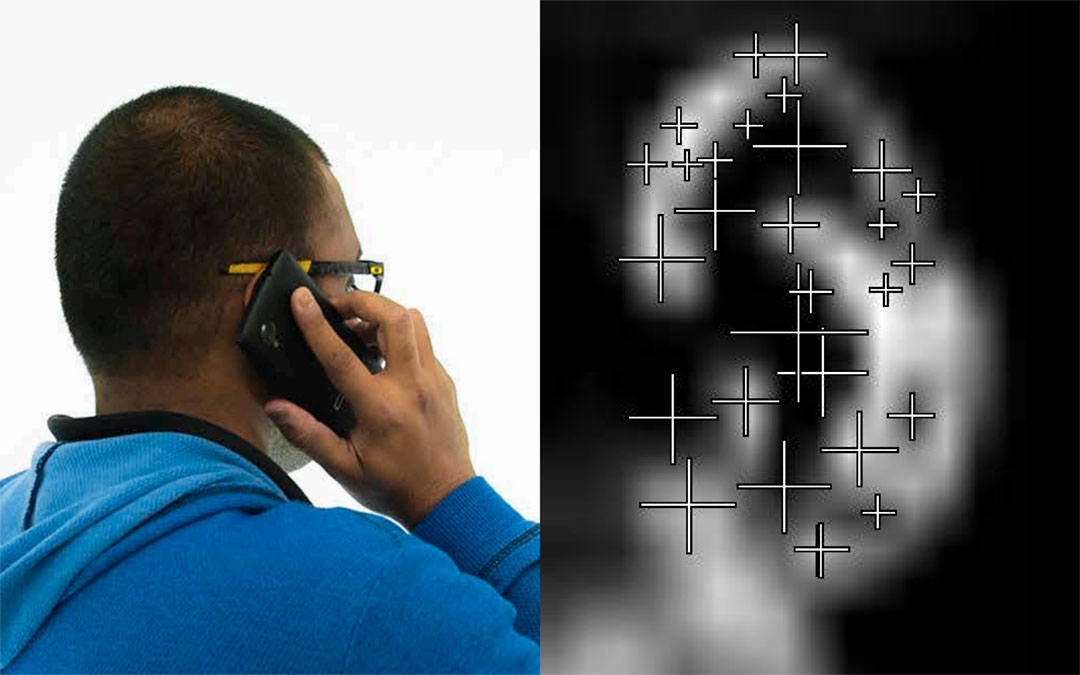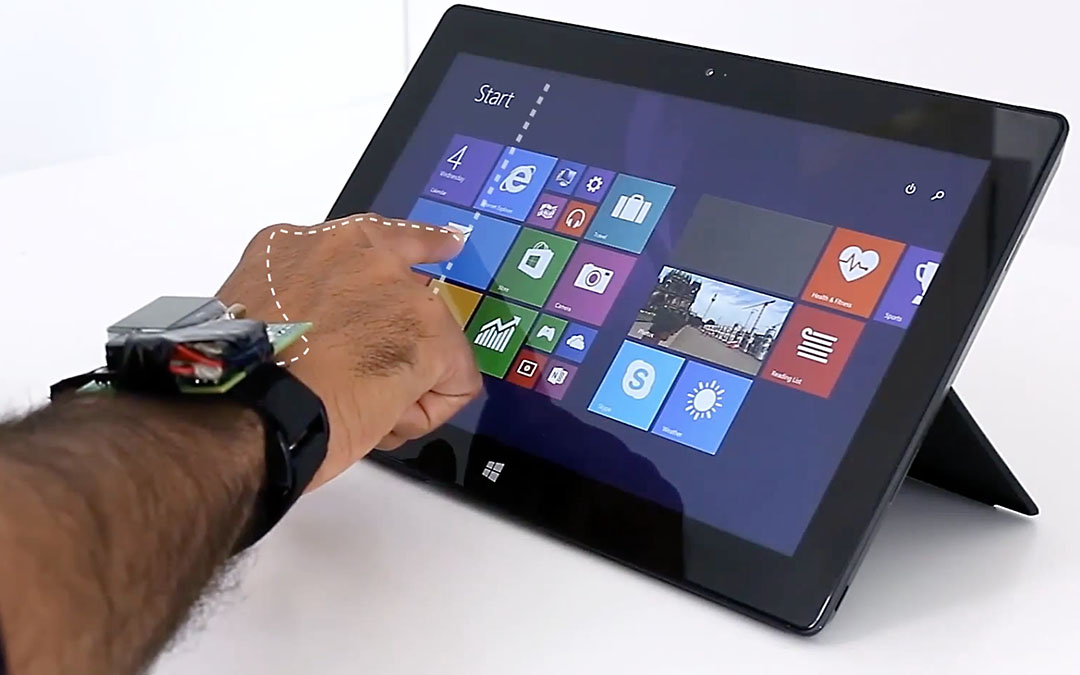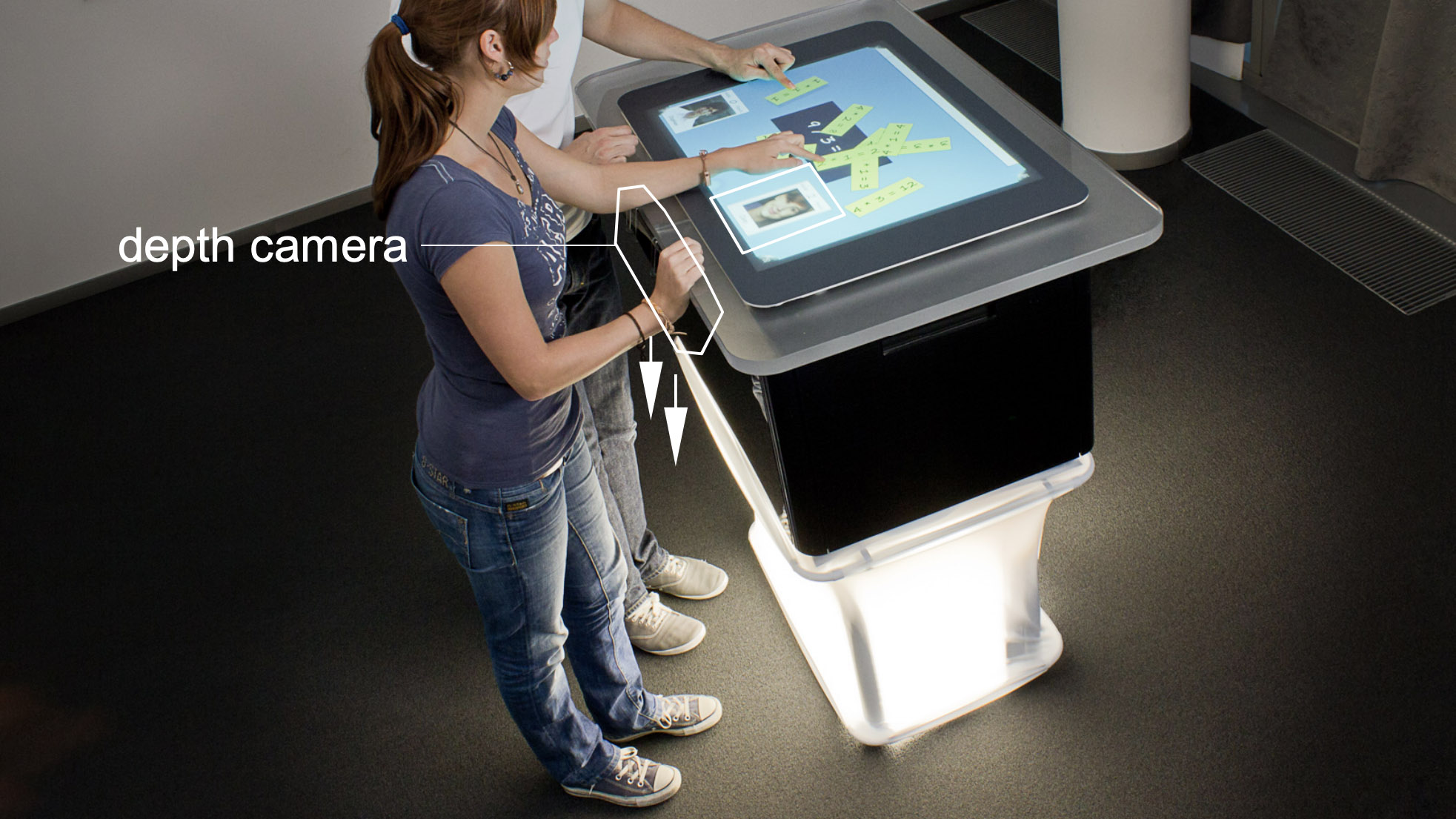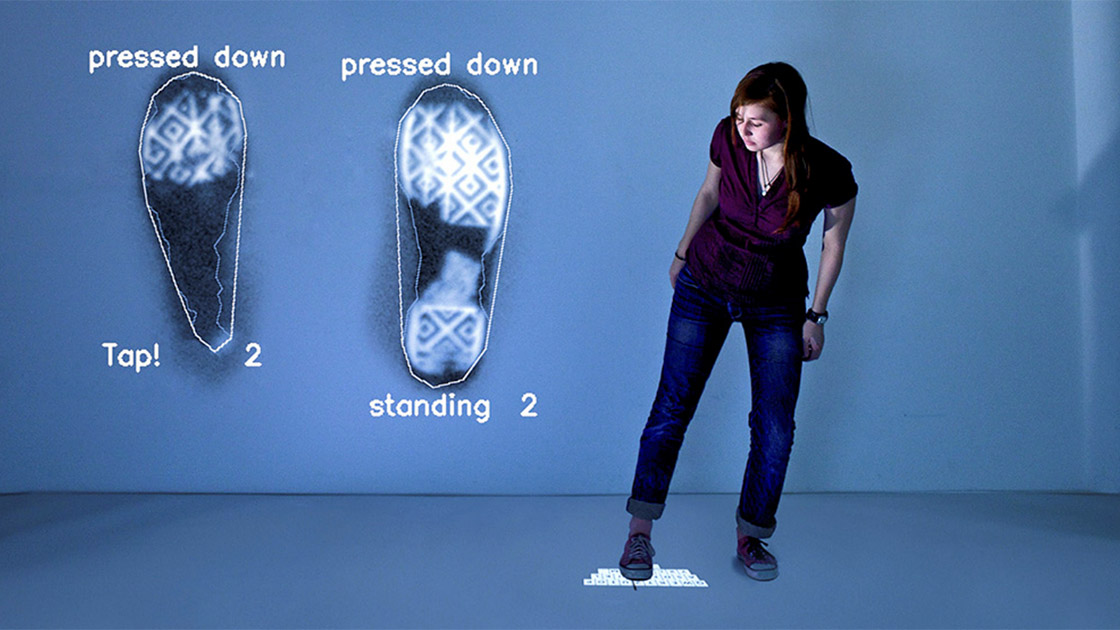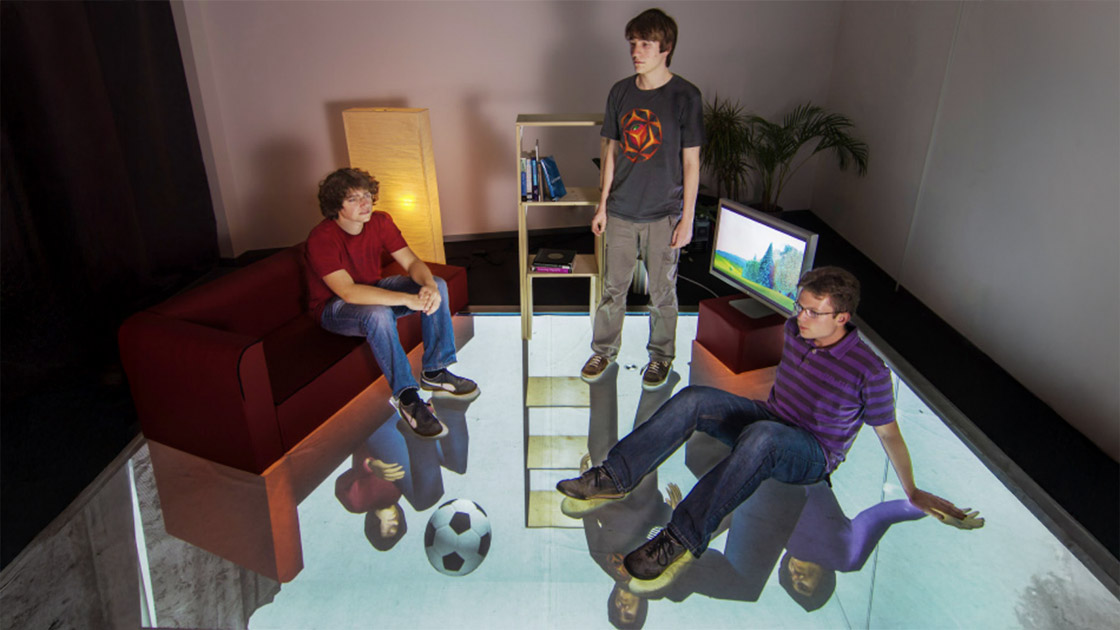Bodyprint
Biometric User Identification on Mobile Devices Using the Capacitive Touchscreen to Scan Body Parts
ACM CHI 2015Abstract
Recent mobile phones integrate fingerprint scanners to authenticate users biometrically and replace passwords, making authentication more convenient for users. However, due to their cost, capacitive fingerprint scanners have been limited to top-of-the-line phones, a result of the required resolution and quality of the sensor. We present Bodyprint, a biometric authentication system that detects users’ biometric features using the same type of capacitive sensing, but uses the touchscreen as the image sensor instead. While the input resolution of a touchscreen is ~6 dpi, the surface area is larger, allowing the touch sensor to scan users’ body parts, such as ears, fingers, fists, and palms by pressing them against the display. Bodyprint compensates for the low input resolution with an increased false rejection rate, but does not compromise on authentication precision: In our evaluation with 12 participants, Bodyprint classified body parts with 99.98% accuracy and identifies users with 99.52% accuracy with a false rejection rate of 26.82% to prevent false positives. Scanning users’ ears for identification, Bodyprint achieves 99.8% authentication precision with a false-rejection rate of 1 out of 13, thereby bringing reliable biometric user authentication to a vast number of commodity devices.
Video
Reference
Christian Holz, Senaka Buthpitiya, and Marius Knaust. Bodyprint: Biometric User Identification on Mobile Devices Using the Capacitive Touchscreen to Scan Body Parts. In Proceedings of ACM CHI 2015.
